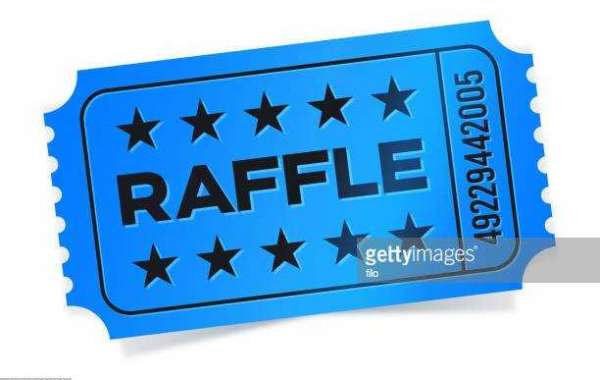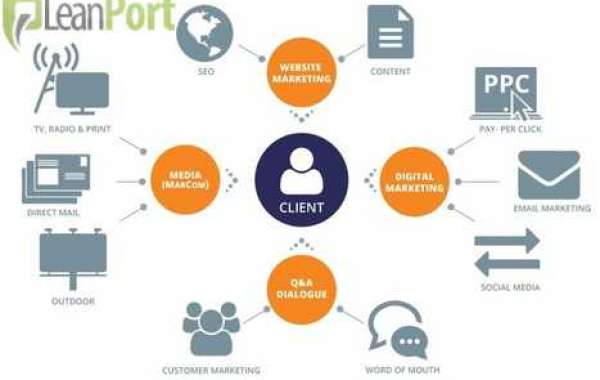Raffles are a popular way to raise funds and awareness for nonprofit organizations. Whether you are planning an in-person event with physical tickets or going digital, a successful raffle requires careful planning and execution. It also helps to keep a file of all the details from previous years so that you can learn from the past and streamline your process. In addition, you'll want to make sure that your organization has enough prizes to get people excited about buying tickets.
Determine what prize you'll be raffling off, and decide whether or not the winner will need to be present for the drawing. This will affect how you promote the raffle, who you recruit to sell tickets and where you hold the drawing. The prize is the biggest motivator for most participants, so you need to showcase it prominently in your promotional materials and at any events that you have planned.
Recruit a small committee to sell tickets and handle other aspects of the raffle. Include members of your board, volunteers, staff and other peripheral members of your organization who have a passion for the cause or who are well-connected to other supporters. Then, set weekly sales goals to keep them focused and on track. This will help to avoid losing momentum and stalling out as the raffle draws closer.
Print your tickets. Depending on the number of tickets you are selling, you may need to invest in high-quality paper with a nice feel that will leave a positive impression. If there is a risk of fraud, consider printing the tickets on an off-white or textured paper that will be more difficult to forge.
Once your tickets are printed, distribute them to members of your organization and anyone else who has agreed to sell them. Some organizations have their members sign them, which adds an element of realism to the tickets and makes it harder for people to steal or pass off fake ones.
The final step is to conduct the drawing on the date that is printed on each ticket. Many organizations hold the drawing as part of a larger event, such as a dance or auction. This increases the profit potential and can make it easier to recruit volunteers to work on the raffle.
After the drawing, send thank-you notes to everyone who worked on the raffle and to all of the merchants and others who donated items. You should also make a file of the details of the raffle so that it is easy to pull out the information for next year. Having an accurate count of the winners, the total amount raised and other details will help to ensure that the next event runs more smoothly.








